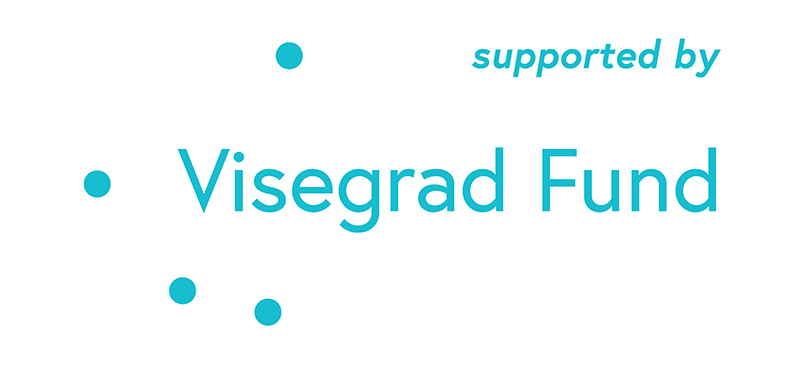In today's rapidly evolving business landscape, technological advancements and digitalization have brought about significant changes in manufacturing and engineering practices. This has created new opportunities for businesses to optimize their operations and enhance customer satisfaction. One such concept that has emerged is Quality 4.0, which integrates modern technology and digital transformation into quality management practices. Implementing Quality 4.0 can lead to improved product quality, operational excellence, and innovation. However, organizations must first assess their readiness to implement Quality 4.0 to ensure successful adoption. In this blog post, we will explore the factors and sub-factors that contribute to the readiness assessment for Quality 4.0 implementation in the packaging industry.
Understanding Quality 4.0
Quality 4.0 is a concept that combines Industry 4.0 features with quality management practices. It leverages advanced technologies such as IoT, CPS, and cloud computing to design, operate, and maintain adaptive, predictive, and self-corrective quality systems. Quality 4.0 aims to achieve new levels of performance, operational excellence, and innovation in pursuit of an organization's objectives. It emphasizes the integration of data-driven and intelligent systems into quality management strategies, enabling organizations to make smart decisions and improve overall efficiency.
Importance of Readiness Assessment
Before embarking on the implementation of Quality 4.0, organizations need to assess their readiness to ensure a smooth transition. Readiness assessment plays a crucial role in defining an organization's capabilities for adopting new practices or technologies. It helps highlight areas of strength and weakness, enabling efficient resource management and effective implementation strategies. By conducting a thorough readiness assessment, organizations can increase the probability of successful implementation and avoid potential challenges.
Factors for Readiness Assessment
To identify the factors for assessing readiness for Quality 4.0 implementation, a detailed literature review was conducted. Factors such as top management commitment and support, leadership, organizational culture, employee competency, and ISO QMS standard implementation emerged as key contributors to readiness. These factors were further validated through expert opinions from academia and industry professionals, ensuring their practical relevance.
Developing the Readiness Assessment Model
Based on the identified factors, a survey instrument was developed to assess the readiness for Quality 4.0 implementation in the packaging industry. The instrument consisted of three sections: background information, information related to Quality 4.0, and readiness assessment items. The questions were designed to measure the strength, weaknesses, suitability, applicability, and readiness of an organization in adopting Quality 4.0.
Case Study: Assessing Readiness in Packaging Companies
The readiness assessment model was tested in six packaging companies in Pakistan. The participating organizations varied in terms of their current level of Quality 4.0 implementation. The survey instrument was distributed among top and middle-level management personnel, and responses were collected to calculate the overall organizational readiness score.
Results and Findings
The analysis of the collected data revealed the readiness levels of the participating organizations. The organizations were categorized as chaotic, primitive, structured, mature, or proficient based on their readiness scores. The findings showed that organizations with higher levels of top management commitment, leadership, organizational culture, employee competency, and ISO QMS standard implementation were more ready to implement Quality 4.0. The organizations in the mature category were on a trajectory to reach the proficient stage, indicating their progress in adopting Quality 4.0.
Benefits and Implications
The readiness assessment model provides organizations with a practical tool to measure their readiness for Quality 4.0 implementation. It helps identify areas of improvement and guides organizations in developing strategies to enhance their readiness. By utilizing this model, organizations can strategically integrate and reconfigure their internal and external competencies to gain a competitive advantage. Additionally, the model can be used as a monitoring mechanism to track the progress of Quality 4.0 initiatives and ensure their successful implementation.
Conclusion
Assessing the readiness of an organization is a critical step in implementing Quality 4.0. The readiness assessment factors identified in this study provide a comprehensive framework for evaluating an organization's readiness. By using the developed survey instrument, organizations can gauge their readiness levels and take necessary steps to enhance their capabilities. The case study in the packaging industry demonstrates the practicality and effectiveness of the readiness assessment model. Future research can expand on this model by conducting studies in different industries and countries to further validate its efficacy. Overall, implementing Quality 4.0 requires organizations to embrace technological advancements and digital transformation while aligning their processes, culture, and leadership to achieve operational excellence and innovation.
Reference
Zulfiqar M.; Antony J.; Swarnakar V.; Sony M.; Jayaraman R.; McDermott O. (2023). A readiness assessment of Quality 4.0 in packaging companies: an empirical investigation. Total Quality Management and Business Excellence, 34(11-12), 1334-1352, DOI: 10.1080/14783363.2023.2170223.
